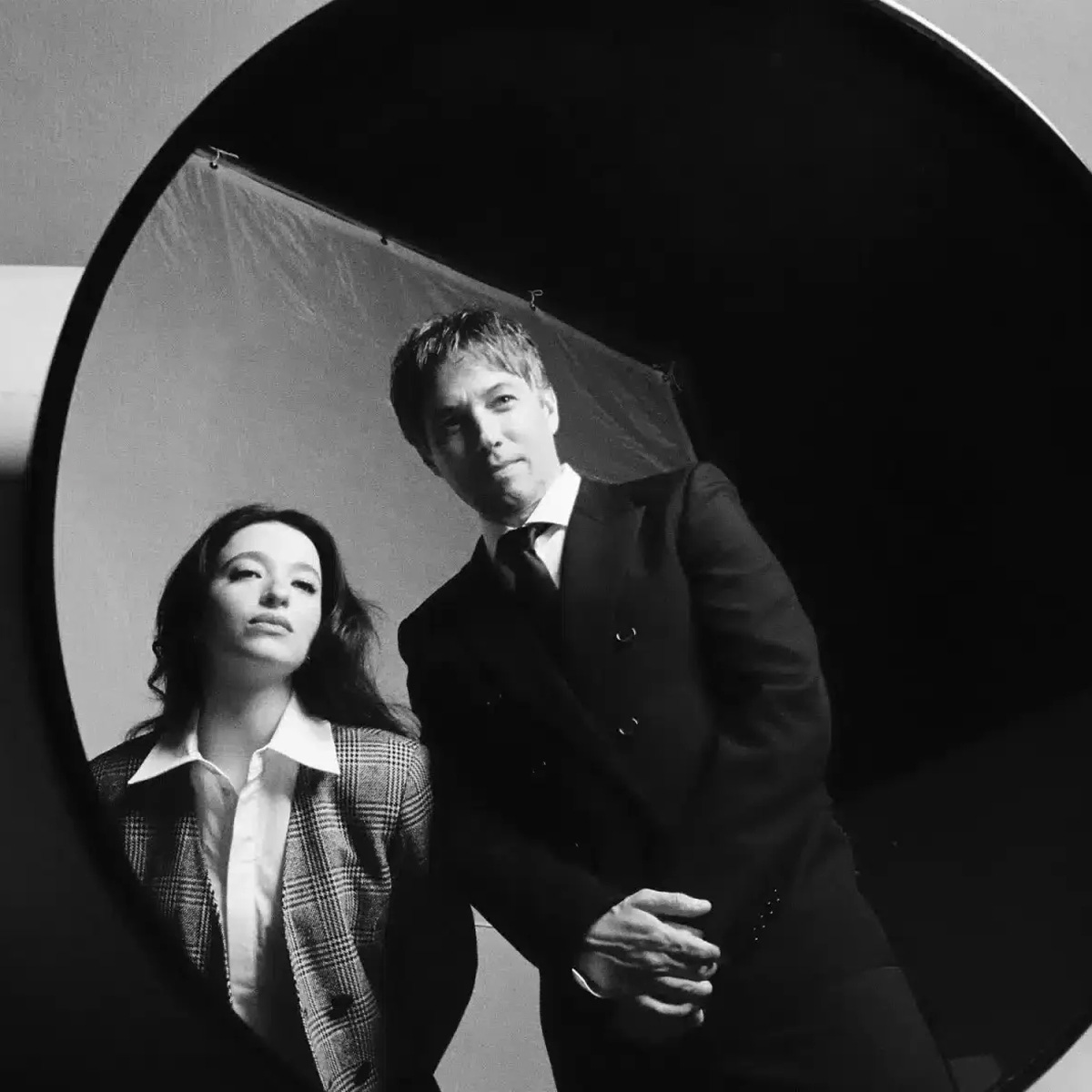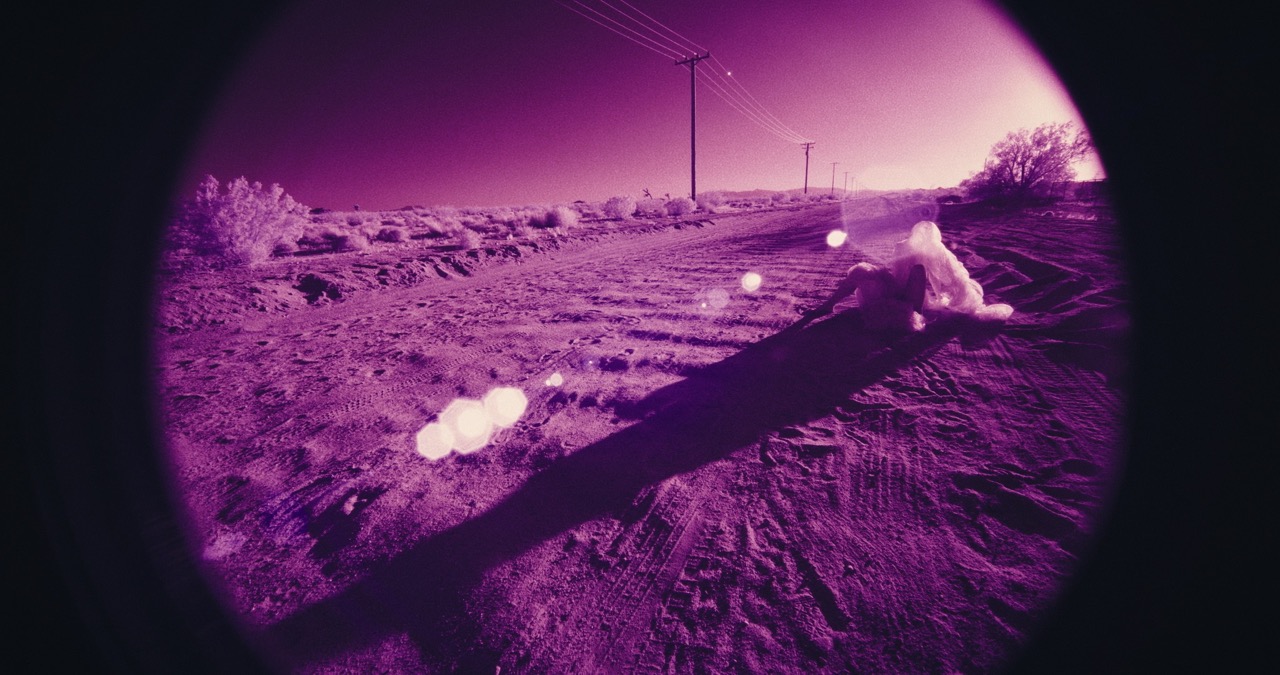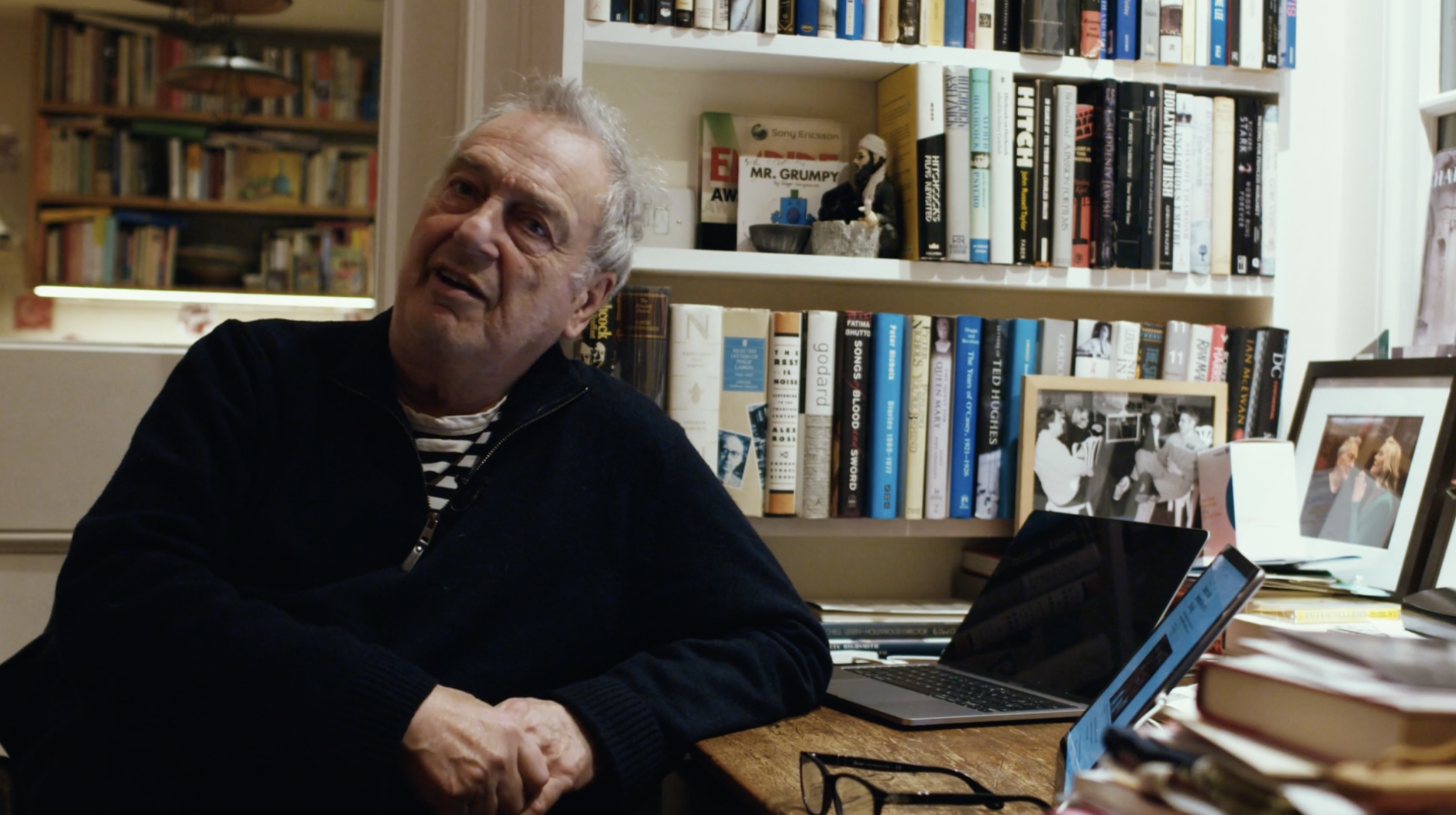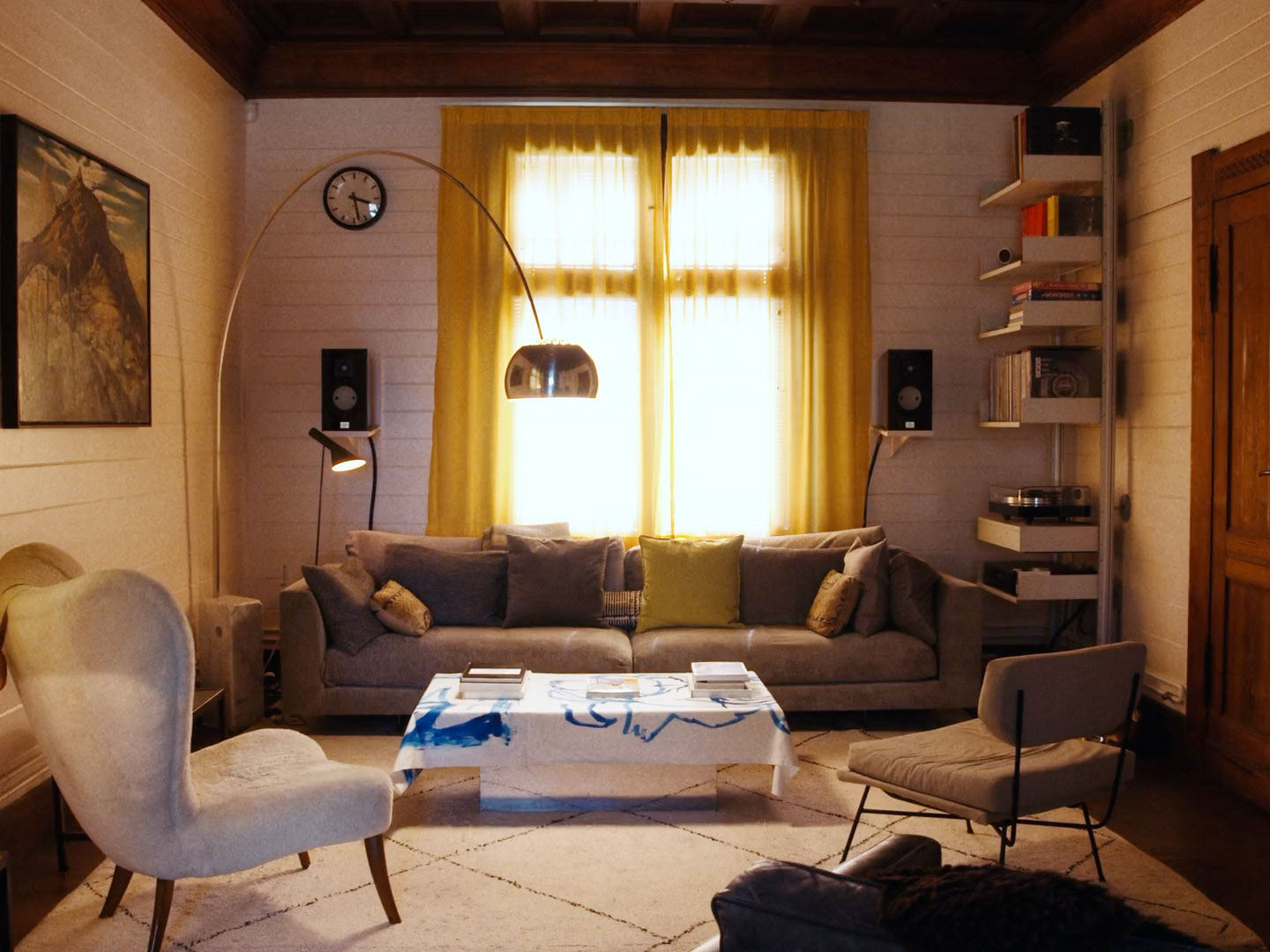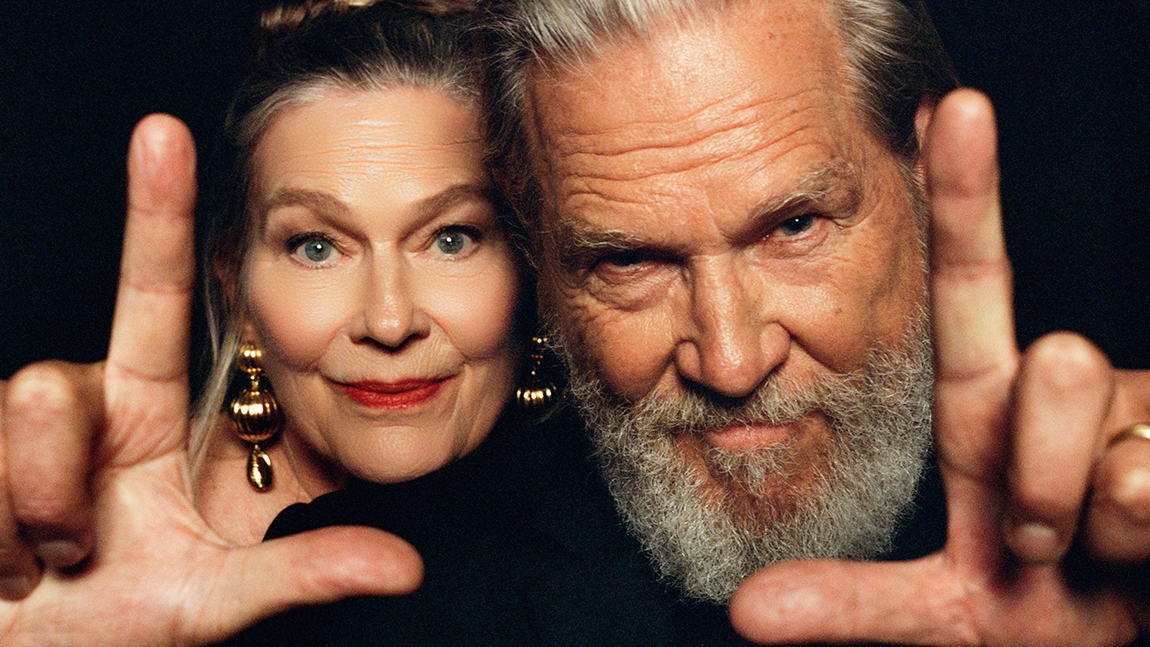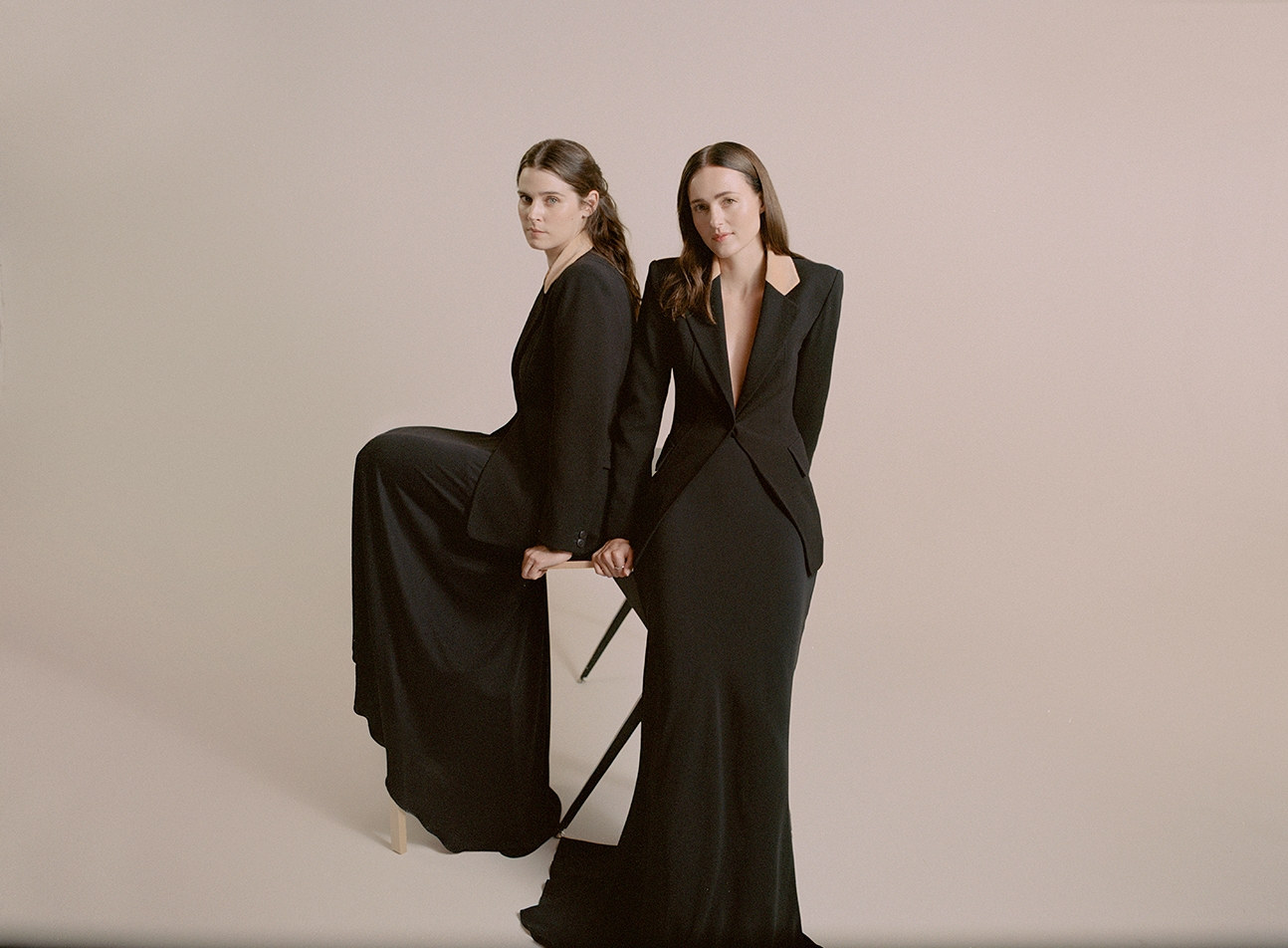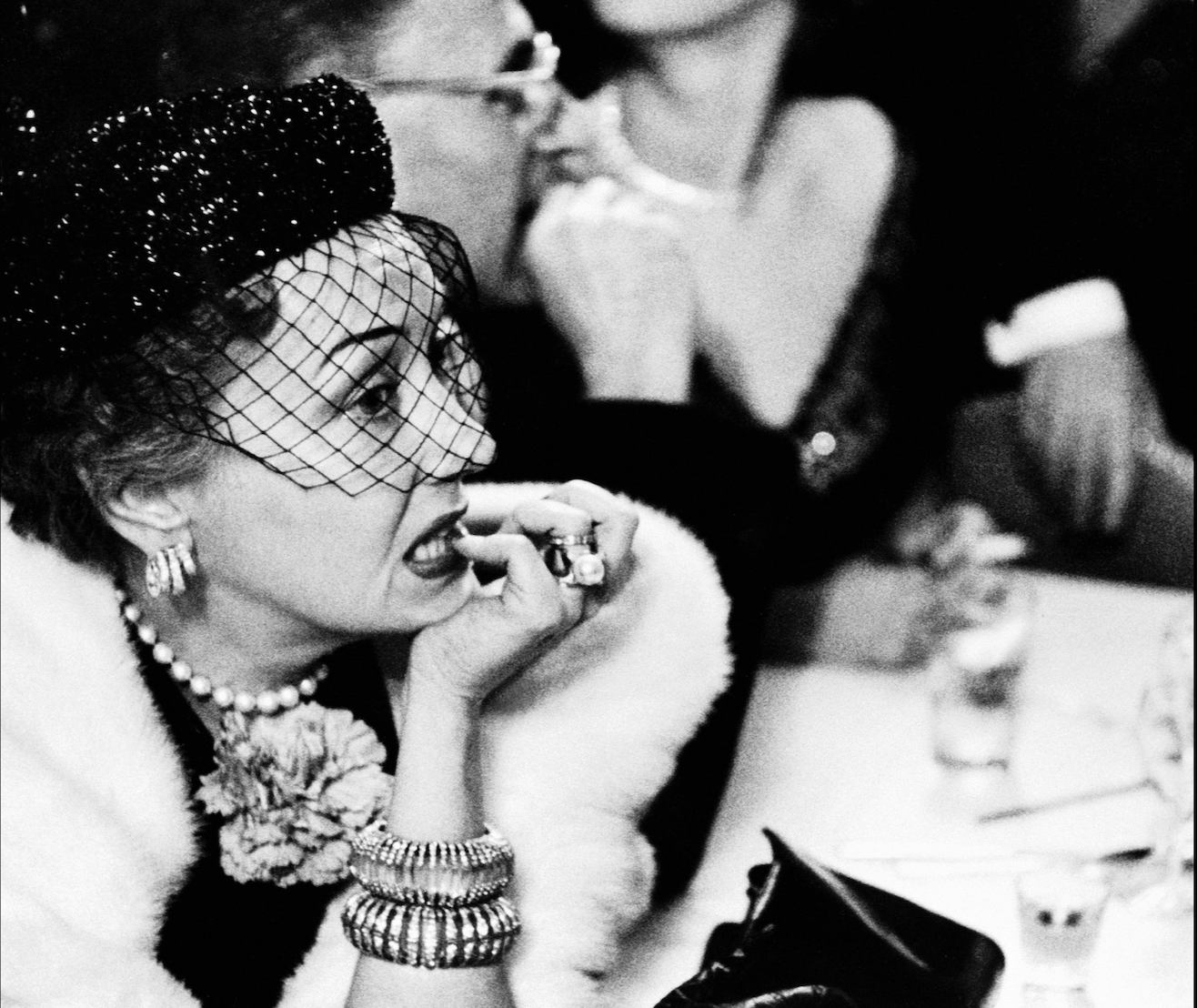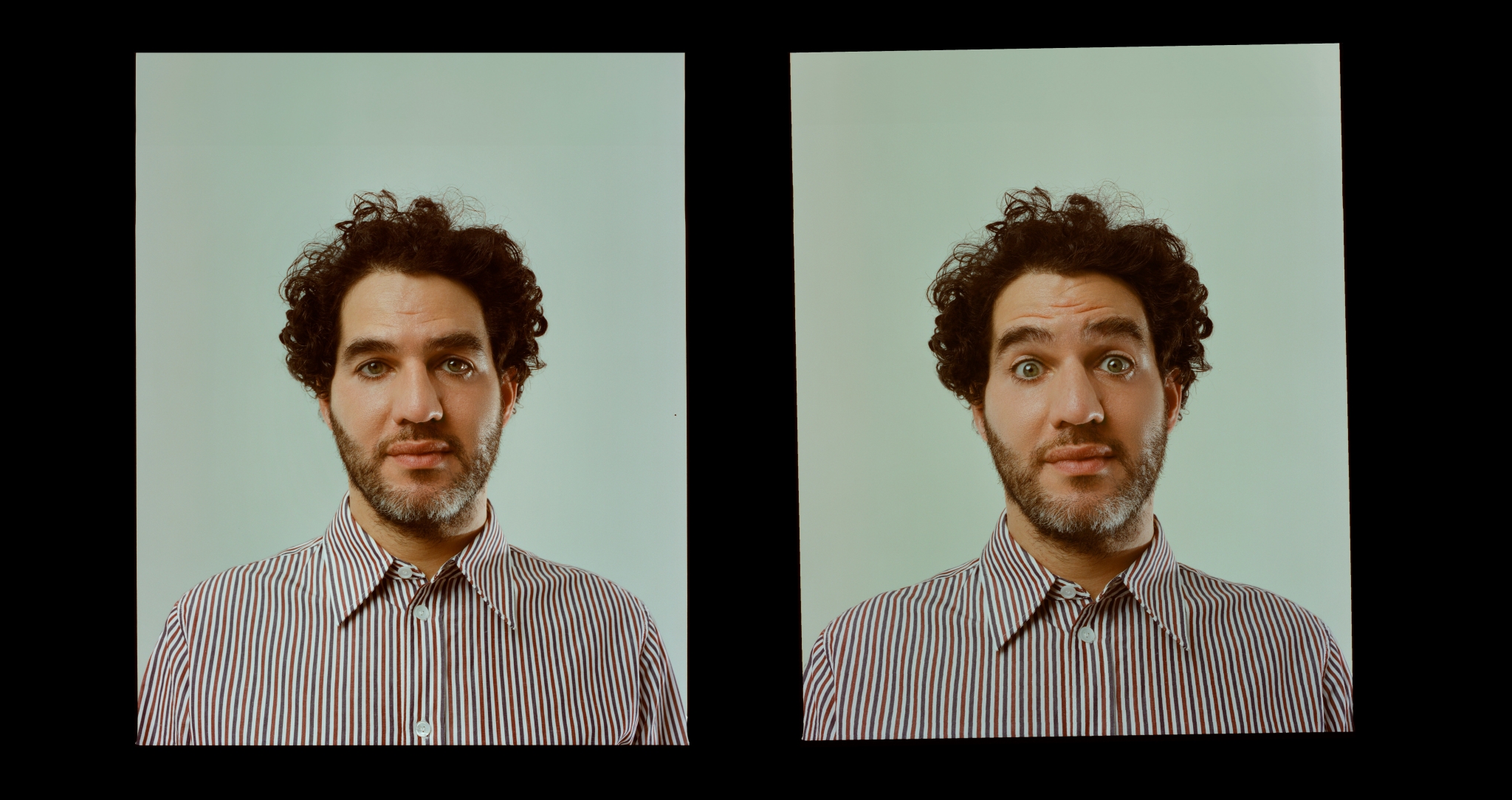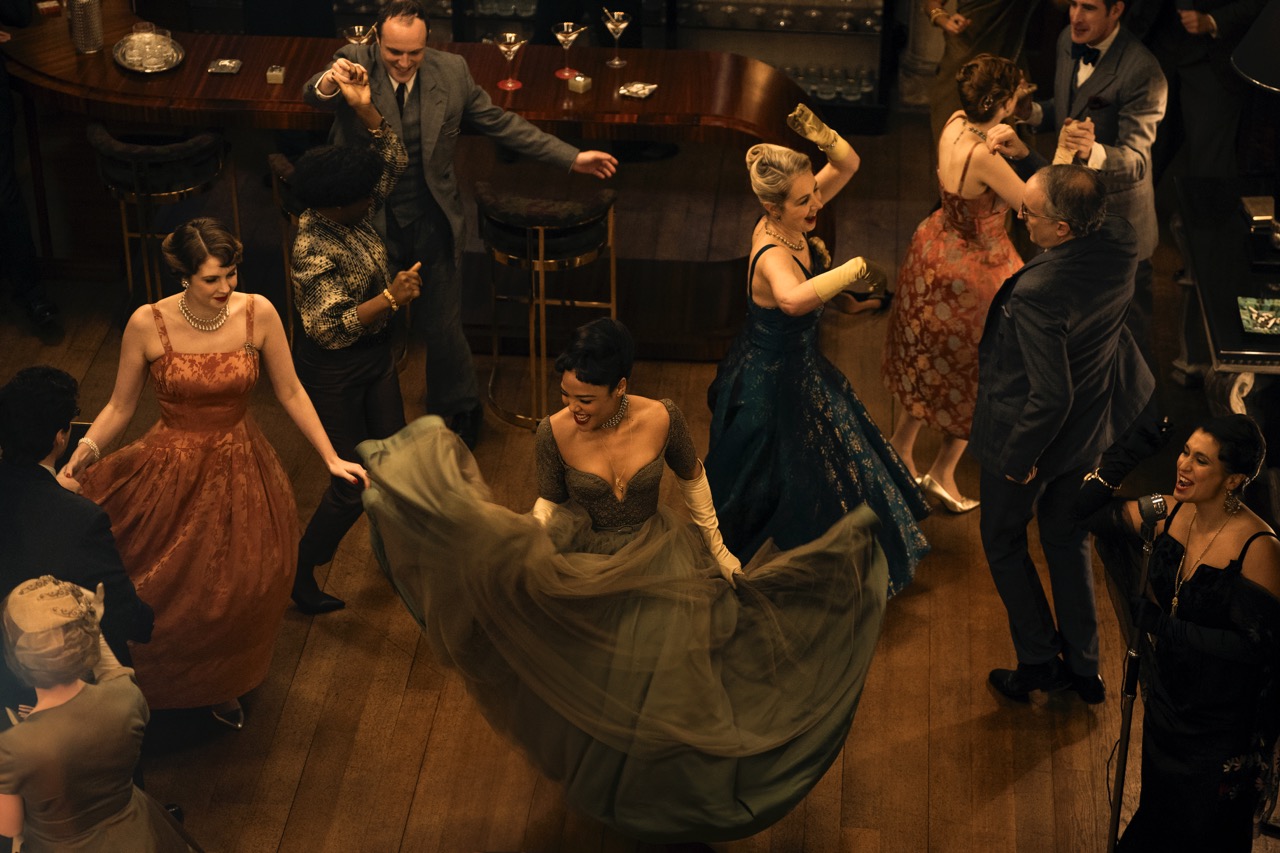
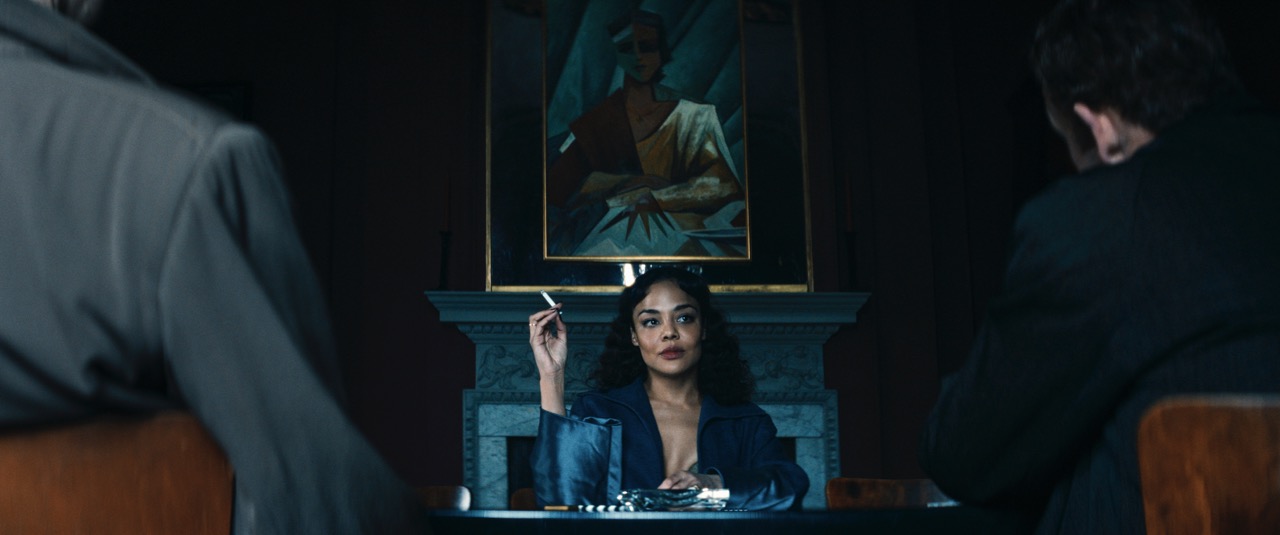
With Hedda, Nia DaCosta revisits Henrik Ibsen’s Hedda Gabler, a classic play about a woman trapped in a loveless marriage, and seeks to escape through transgressive, and at times self-destructive behaviours. In this bold new adaptation, DaCosta (Candyman and Little Woods) moves the setting to 1950s England, with Tessa Thompson taking on the titular role, in a fierce and feral performance opposite Nina Hoss. We spoke to the director and leading star about the process of making the film, whether Hedda is a villain or victim and country house claustrophobia.
A Rabbit’s Foot: Nia, what first drew you to this character? She’s such an archetype, a figure that lives in the collective consciousness. What made you want to tell her story?
Nia DaCosta: Oh, I’ve loved Hedda for so long, maybe even fifteen years now. I found her so captivating and infuriating all at once. The idea that a man in 1890s Norway could write a woman this complex fascinated me. It was controversial when it came out, and it still is. Everyone’s still asking: what’s up with Hedda?
I understood her enough to know why she acted as she did, but not enough to excuse it. That contradiction hooked me. She’s desperate for a different life, but she refuses to change, instead, she manipulates everyone around her. That paradox felt so human. And then I started thinking about her world, the limits she felt, the relationships that defined her. When I reimagined Ejlert as a woman, everything shifted. Suddenly, it wasn’t just Hedda’s story, but a triangle of women pushing against the walls of their world. That became the heartbeat of the film.
ARF: Tessa, taking on Hedda is such a legacy move, she’s been played by so many iconic actresses. How did you approach that without letting all those past performances weigh on you?
Tessa Thompson: It’s impossible not to make something your own, I’m doing it with me, through my body, my lens. So even if you watch other interpretations, it’s all filtered through you. I actually watched every performance I could find because I wasn’t afraid of them. I come from theatre, and when you do classics, you’re always walking in the footsteps of others. The joy is in bringing your own understanding to it.
These characters, Hedda, Hamlet, Blanche Dubois, they endure because they probe at something universal in us. The material is elastic. You can pull it apart and rebuild it. That’s what Nia did with this version. So I did the work, researched, prepared, and then let it all go. I just tried to be present with the people in front of me.

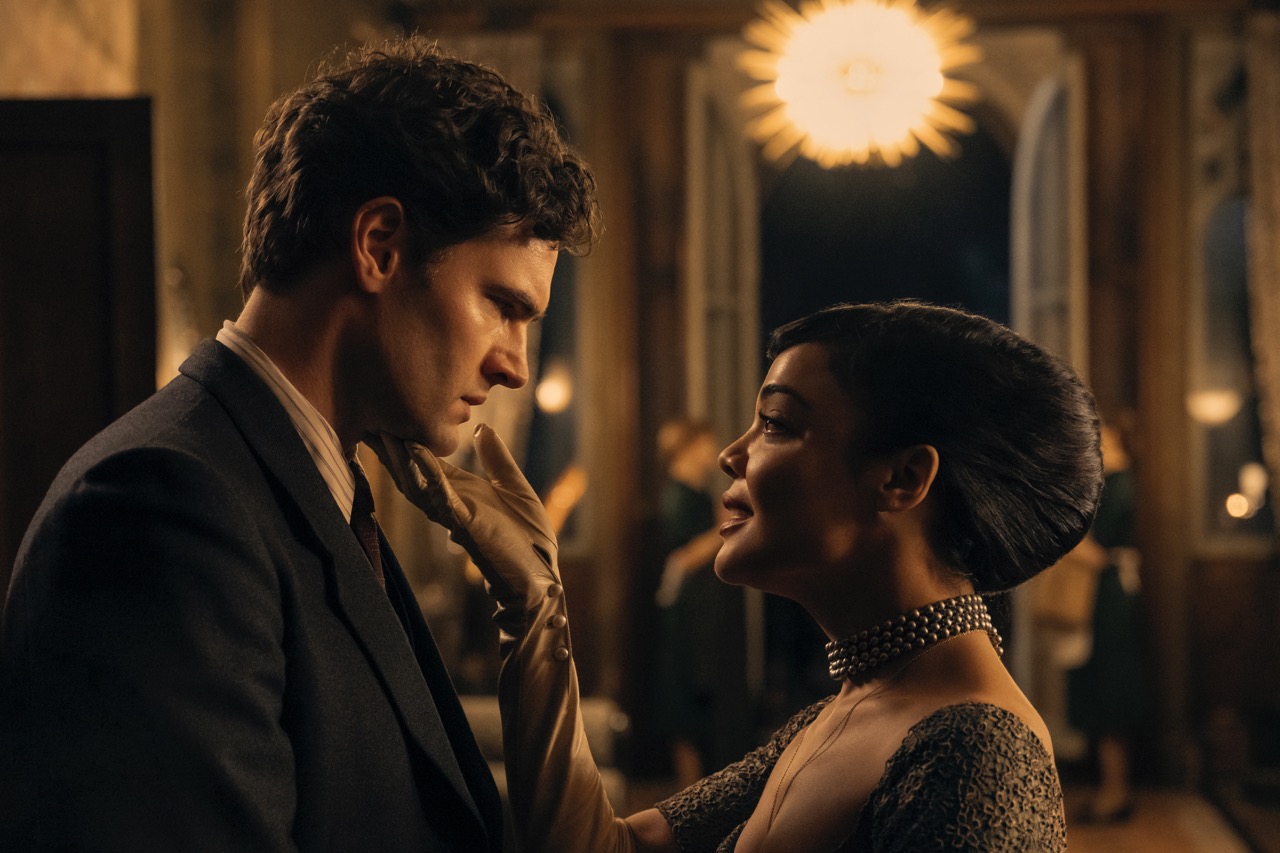

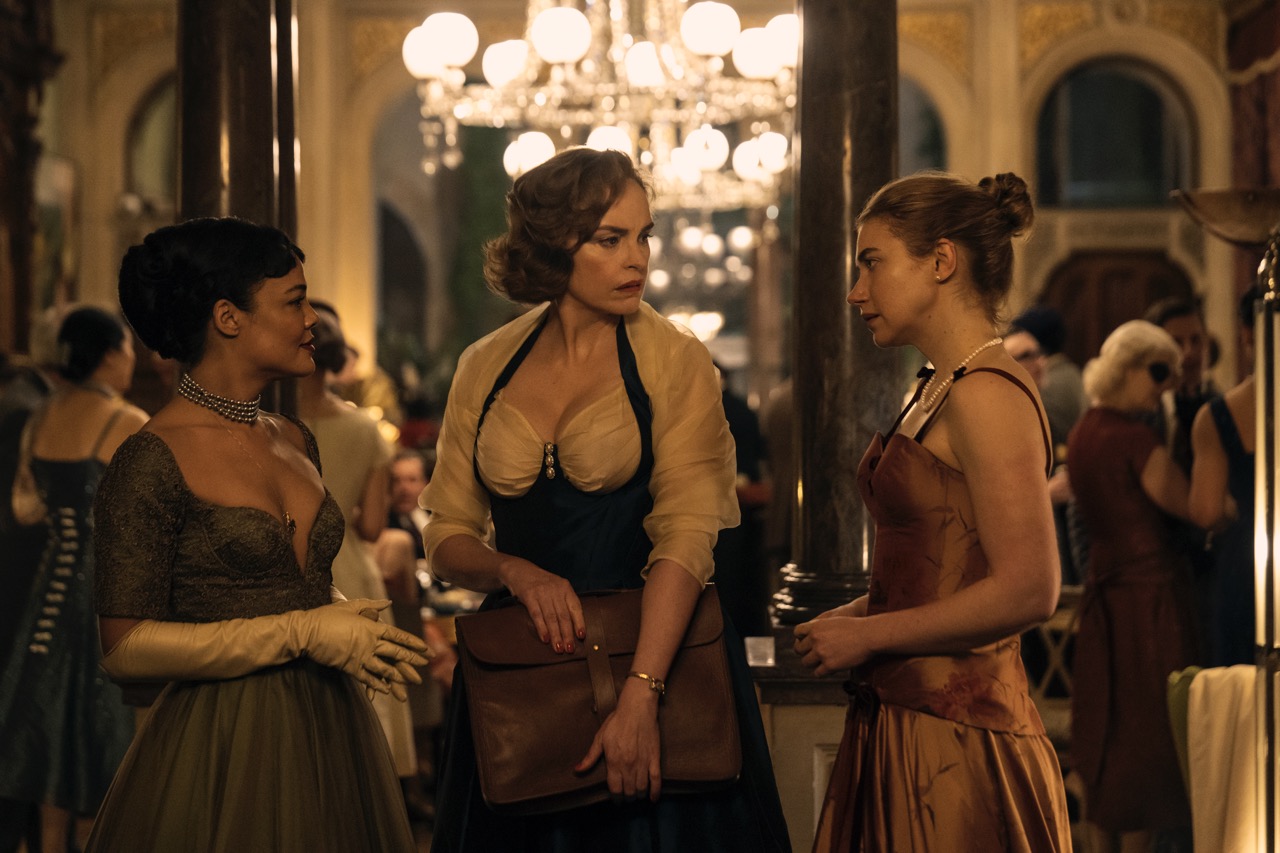
ARF: And she’s so often called an anti-heroine. Did your understanding of her shift during the process?
TT: I’ve been asked a lot whether I see her as a villain or a victim, but I’m honestly not interested in those binaries. I don’t think people see themselves as villains or victims, they just live. And I’m not drawn to playing someone who sits in self-pity; it’s not very fun.
For me, Hedda is about the systems that hem us in, patriarchy, expectation, all that, but also the ways we hem ourselves in. That’s what’s most interesting. You can wake up one day and think, Did I actually choose this life? Even personally, I’ve made choices based on expectation, to stay visible, to keep up. There are moments I’ve thought, If I weren’t in this machine, maybe I’d have taken time off and learned to basket weave or something. But in this industry, disappearing is dangerous. Hedda forced me to ask: why do I make the choices I make? That became the emotional core for me.
ARF: Nia, you’ve added queerness to the story, Ejlert becomes Eileen, and their relationship carries a new texture. How did that shift come about?
ND: It happened organically. Making Ejlert a woman-Eileen-changed everything. Suddenly, it was a queer love story, which felt fresh but also totally natural. I love seeing different experiences on screen, but I didn’t want it to be didactic. The queerness, the race, the gender dynamics, they’re all just there, part of the world. I wanted to treat everyone as human first. As long as you build a nuanced, complex, honest human tableau, people will find what resonates with them.
ARF: I love that, it’s visible, but never shouted.
ND: Exactly. You let it breathe.
ARF: Tell me about the journey of actually getting it made. You’ve worked across big studio projects and smaller personal ones, did this feel different?
ND: In a way, yes, but at its core, it’s always the same process. I remember one day calling my team and saying, “It’s time for Hedda.” We sent it out, and it landed with Plan B and Alana Mayo, who’s brilliant. From there it was this joyful, scrappy building process.
With Hedda, I was writer, director, and producer, so I had a lot of creative control. That’s a rare thing. And it taught me something important, I don’t have to change who I am to work in different spaces. I just need to be clear about what I bring, and show up fully.
These characters, Hedda, Hamlet, Blanche Dubois, they endure because they probe at something universal in us.
Nia DaCosta
ARF: You two clearly have an ongoing creative chemistry, nearly a decade now, having first worked together on Little Woods. How has that evolved?
ND: I’m so proud of Tessa. When we met, I remember thinking, this person is incredibly smart, creative, gracious. The kind of person you can spend months making something with. Watching her grow, as a performer, producer, and collaborator, has been so inspiring.
TT: We joke that Nia’s my shadow, but it’s true, she’s always around, and always rooting for me. That’s rare.
ARF: Did you two have any kind of shared research process before filming? Books, films, playlists?
ND: Honestly? I didn’t give her anything.
TT: She didn’t! I was like, what kind of director doesn’t give homework? But I had my own. I read every translation of the play I could find, watched countless productions, even dance interpretations.
I spent time between Los Angeles and the UK going through archives. During the strike, when I suddenly had free time, I went on a research trip to the Dolomites because that’s where Hedda goes in the film. I was reading Jungian psychology, doing dream work with a coach, trying to understand the childlike chaos inside her. Eventually, I had to let go of all that academic work and just play. That’s the key, to move from analysis into instinct. And Nia created the space for that.
ARF: The film is set at a party over one night, that must have been a beast to direct. How did you manage the pacing and cohesion?
ND: It was a real dance. I love long takes, so I tried to shoot scenes in as few cuts as possible, to keep that feeling of being trapped in the room with everyone. The party becomes almost a character itself.
You’re constantly calibrating: energy, rhythm, movement. I told my team the pacing should feel like a train leaving the station, slowly building speed until it careens off the tracks. That was the emotional engine of the film.
ARF: And you chose not to end with Hedda’s death, which is bold.
ND: I knew early on that our Hedda would live. I didn’t want to create something that punished these women. I wanted to give them another day, the chance to try again. That’s all any of us ever get, really: to try again tomorrow.

Director Nia DaCosta and Tessa Thompson on the set of Hedda.
ARF: It’s set in 1950s England, what drew you to that particular milieu?
ND: I wanted a period still defined by repression. The 1950s in Britain had this veneer of perfection, but underneath it was all control, conformity, and silence. That tension mirrored Hedda’s internal world perfectly.
ARF: It also gives you that classic country-house claustrophobia.
TT: Exactly. It’s the perfect setting for a story that happens in one night, elegant on the surface, suffocating underneath.

Tessa Thompson stars as Hedda Gabler in Hedda
Hedda forced me to ask: why do I make the choices I make? That became the emotional core for me.
Tessa Thompson
ARF: What were your favourite moments on set?
ND: There are two that stand out. One is when Hedda orchestrates this cruel little scene, then catches sight of its fallout, and for a second, you see she’s in over her head. The mask slips. The other is when she burns the manuscript. Tessa plays it with this childlike defiance and fear, like a kid caught doing something terrible. Those moments broke my heart.
TT: Every day was huge, but I especially loved the Great Hall scenes. They felt theatrical, like performing on stage. Everyone stayed on set even when they weren’t on camera, just to be part of it. That generosity of spirit is rare. You could feel the energy humming through the room.
ARF: That sense of atmosphere really comes through on screen.
TT: It was exhausting, but so alive. Those are the shoots you remember, when every moment feels charged, like something could spark at any second.
Hedda is available to watch on Amazon Prime now.

